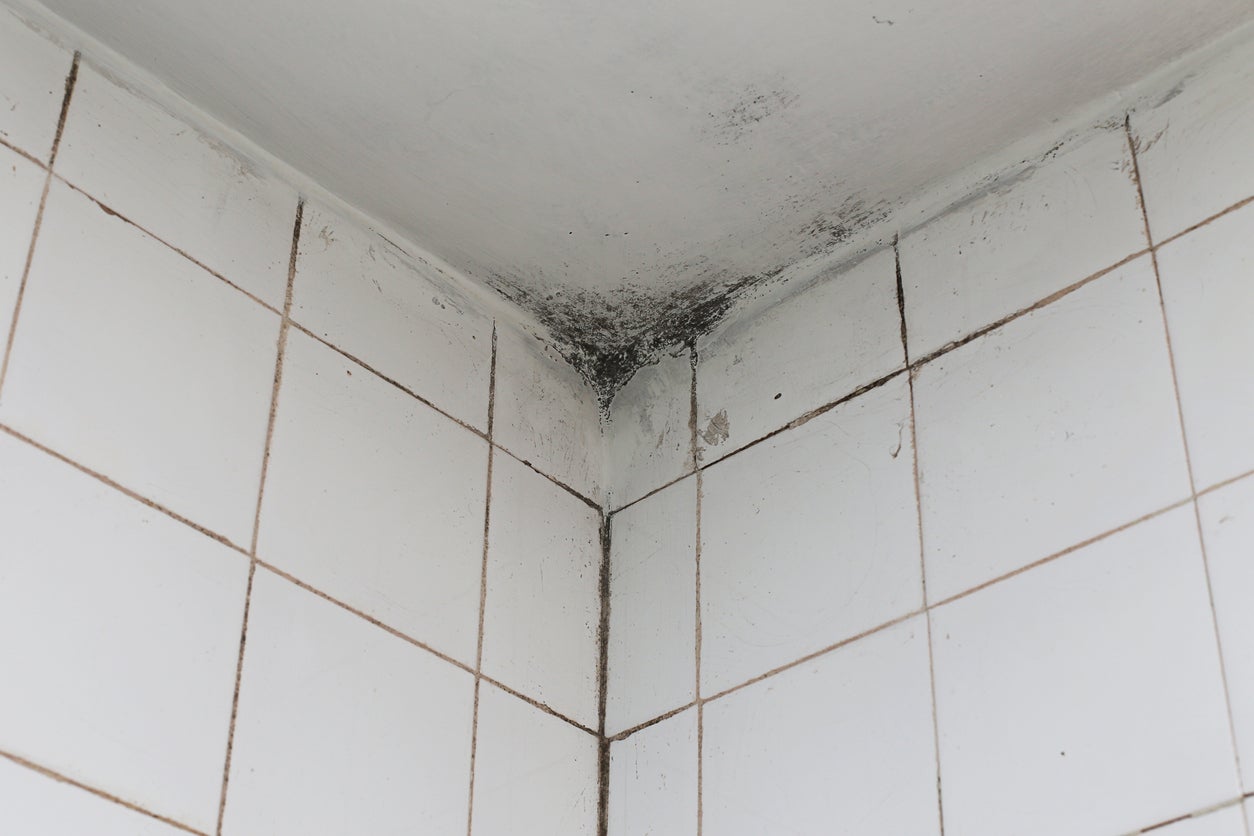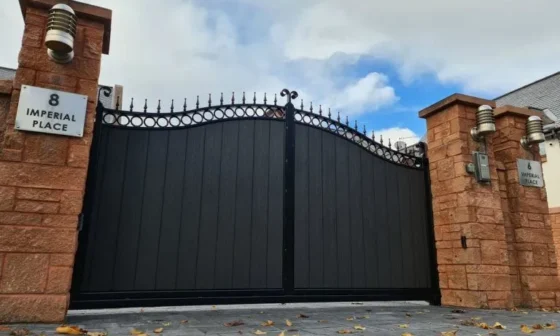
Dealing with mould in your bathroom ceiling can be a frustrating and unsightly problem.
Not only does it affect the aesthetic appeal of your bathroom, but it can also pose health risks if left untreated.
How Does Mould Form in Bathroom Ceilings?
Before diving into the solutions, let’s understand why mould tends to thrive in bathroom ceilings.
Bathrooms are often exposed to high levels of humidity and moisture, creating the perfect breeding ground for mould spores.
When warm air meets a cold surface, condensation occurs, leading to moisture buildup. This moisture, combined with the presence of organic materials such as soap scum and dust, provides an ideal environment for mould growth.
Recognizing the Signs of Mould in Your Bathroom Ceiling
It’s crucial to identify the early signs of mould in your bathroom ceiling to take prompt action. Look out for the following indicators:
-
Discoloration: Mould often appears as dark spots or patches on the ceiling surface, ranging from black and green to brown and gray.
-
Musty Odor: If you notice a persistent musty smell in your bathroom, it could be a sign of hidden mould growth in the ceiling.
-
Water Stains: Yellowish or brownish stains on the ceiling can indicate water intrusion and mould infestation.
-
Allergic Reactions: If you or your family members experience unexplained allergies or respiratory issues when in the bathroom, mould might be the culprit.
How to Get Rid of Mould in Bathroom Ceiling: Step-by-Step Guide
Now that we understand the problem at hand, let’s explore effective methods to eliminate mould from your bathroom ceiling.
Follow these step-by-step instructions for a mould-free bathroom:
1. Gather the Necessary Supplies
Before starting the mould removal process, it’s essential to gather the required supplies.
Here’s a list of items you’ll need:
- Protective gear: Gloves, goggles, and a mask to protect yourself from mould spores.
- Plastic sheets: Use plastic sheets to cover the floor and prevent mould spores from spreading.
- Scrub brush: A stiff-bristled brush to remove mould from the ceiling surface.
- Bleach or vinegar: Choose either bleach or vinegar as your cleaning solution.
- Water and detergent: Mild dish soap and water for additional cleaning.
2. Prepare the Area
To ensure a smooth and effective cleaning process, take the following precautions:
- Open windows and doors to improve ventilation.
- Turn off the bathroom’s ventilation fan to prevent the spread of mould spores.
- Cover the floor and any fixtures with plastic sheets to protect them from the cleaning solution.
3. Safety First: Wear Protective Gear
Before you begin cleaning, it’s crucial to protect yourself. Mold spores can cause respiratory issues and allergies.
Wear gloves, goggles, and a mask to shield yourself from the spores and cleaning chemicals.
4. Remove the Mould
To remove the mould from your bathroom ceiling, follow these steps:
-
Mix a cleaning solution
Create a mixture of one part bleach (or vinegar) to four parts water. Alternatively, you can use a detergent solution for milder cases.
-
Apply the solution
Dip the scrub brush into the cleaning solution and start scrubbing the mould-infested areas. Use gentle circular motions to dislodge the mould from the ceiling surface.
-
Rinse the ceiling
After scrubbing, rinse the ceiling with clean water to remove any leftover cleaning solution.
-
Dry the area
Thoroughly dry the ceiling using a clean cloth or towel. Ensure there is no residual moisture, as it can contribute to future mould growth.
5. Prevent Future Mould Growth
To ensure long-term prevention of mould growth in your bathroom ceiling, it’s important to implement additional measures. Here are some further steps you can take:
-
Improve ventilation
Proper ventilation is key to reducing moisture levels in your bathroom. Ensure that your bathroom is well-ventilated by using exhaust fans or opening windows during and after showering. This helps to expel humid air and prevent condensation.
-
Fix leaks promptly
Address any leaks or water damage in your bathroom immediately. Inspect your plumbing regularly and repair any leaks or drips. Even minor water issues can contribute to mould growth over time.
-
Remove excess moisture
After showering or bathing, wipe down the bathroom surfaces, including the ceiling, with a dry towel to remove excess moisture. This simple step can significantly reduce the humidity levels in your bathroom.
-
Use a dehumidifier
Consider using a dehumidifier in your bathroom to effectively control humidity levels. Dehumidifiers remove excess moisture from the air, creating an environment that is less conducive to mould growth.
-
Keep the bathroom clean
Regular cleaning of your bathroom is essential for preventing mould. Pay attention to areas prone to moisture, such as the shower, bathtub, and sink. Use a mildew-resistant cleaner to remove any soap scum or residue that can attract mould.
-
Ensure proper insulation
Insufficient insulation in your bathroom ceiling can lead to condensation and mould growth. Make sure your ceiling is properly insulated to minimize temperature differences between the room and the ceiling surface.


